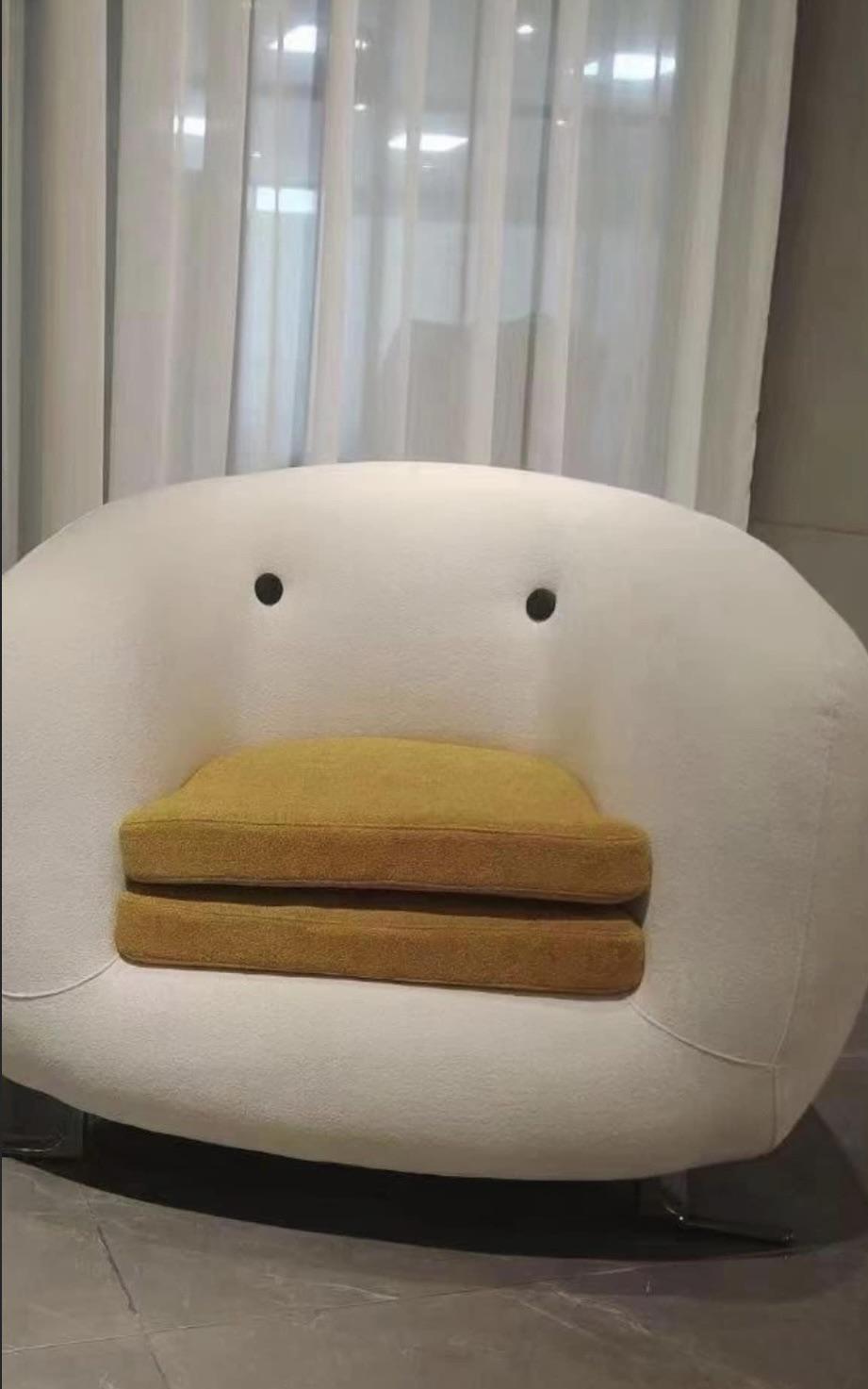- cross-posted to:
- [email protected]
- cross-posted to:
- [email protected]
Not to be a stickler, but a dove tail is a sliding joint- the dovetail itself is a trapezoidal section with the narrow side facing the part it’s on.
The slot is similarly cut so it slides into place.
This is (basically) a fat biscuit join, which is good. Peg designs might be better - prefer pyramidal pegs, they self center and have more surface area for glue, and they print neater when they have suboptimal orientation to the print bed.
And this is, in fact, a dovetail. It slides into place. He just happened to do it on a curve. He shows it in motion at 4:00.
These all do slide together if I am not mistaken. They are just what I would call non traditional shapes… Though I watched the video a few days ago and maybe forgot something.
Skeptical of this, while the dovetail is a good joint in woodworking, it’s not really the best joint for most applications. Even drawer boxes.
Modern glues are so good, that just a normal box joint or even a rabbit joint is actually stronger when properly made.While you can control the layer lines and orientation to some degree, I’m thinking that a dovetail, in real designs, would be extremely hard to implement. Peg and hole with CA glue is most likely better when splitting parts that are too big for a bed.
a normal box joint or even a rabbit joint is actually stronger
For anyone confused I looked it up, a rabbet joint is what they call a rebate joint in the USA. Learn something new every day! :-D
I was wondering about that. Considering with ABS a little acetone makes a stronger overall part.
I was thinking maybe the dovetail would be good in that situation for strength but maybe something like a biscuit or peg and hole as mentioned is better?
I think the video is better as a way to show some design techniques, than as a demonstration of dovetails as a connector.
That being said, if you didn’t need a permanent connection, it does seem like a decent way to make something that can come apart easily. Wondering how strong it would be after multiple assembles and disassembles.
I’ve done some dovetails for a puzzle design before. They were meant to assemble and disassemble in multiple orientations.
Depending on the layer line directions the problem I had was getting the fit tight enough to not fall apart, but not too tight to remove. I abandoned it because the PLA absorbed water and they became stuck after sitting in humidity for a few days.
Yeah, I like the ease and customization of peg and hole and have used this as my go to. I do like printing with wood filament though, and I guess a dovetail joint for a multi piece print would help with the illusion if I was going for that.
Here is an alternative Piped link(s):
https://piped.video/zI8OgRRF5d8
Piped is a privacy-respecting open-source alternative frontend to YouTube.
I’m open-source; check me out at GitHub.
Thanks! I found this video informative.







